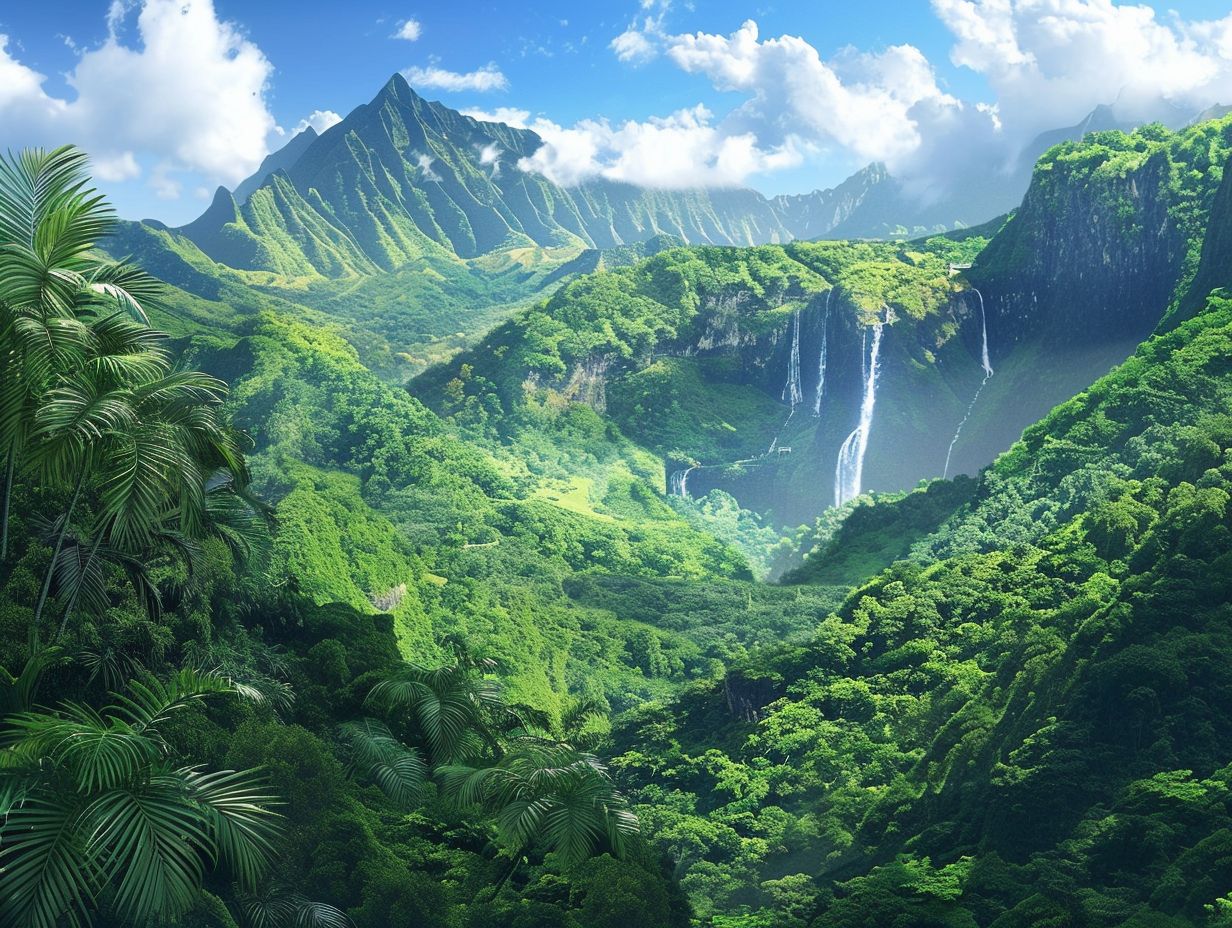Olympic National Park is home to a vast array of natural wonders, including over 650 lakes and wetland areas that play a crucial role in regulating the flow and dispersal of water, supporting the old-growth forest ecosystem and all its inhabitants. From the majestic glacial Lake Crescent to the serene alpine lakes nestled high in the mountains, these bodies of water offer a diverse range of experiences for visitors.
The Lowland Lakes of Olympic National Park
Within the park, there are only four lowland lakes, with Lake Crescent and Lake Ozette being the largest. Lake Crescent, ranked fifth in size in Washington state, is a glacial lake with a depth of over 600 feet. Its crystal-clear waters and stunning scenery make it a popular destination for kayaking, guided boat tours, and hiking. The Log Cabin Resort is an ideal spot to rent a kayak and launch yourself onto the lake.
In contrast, Lake Ozette, the second-largest natural lake in Washington state, was created by tectonic-plate collisions and is relatively shallow, standing only 33 feet above sea level. This lake offers a more secluded and peaceful experience, with opportunities for hiking, fishing, and wildlife viewing.
The Captivating Alpine Lakes

The park is also home to over 300 high mountain lakes, accessible only in summer and early fall. These alpine lakes are true gems, each offering unique experiences and breathtaking views. One of the most challenging hikes in the park leads to Lake Constance, which gains an astounding 3,250 vertical feet in the last two miles, making it a true test of endurance.
Other notable alpine lakes include:
| Lake | Highlights |
|---|---|
| Royal Lake | Reflects the image of Mounts Deception, Mystery, and The Needles |
| Hoh Lake | Provides an unobstructed view of the 7,076 ft. summit of Mt. Olympus |
| Lena Lake | Offers a serene setting surrounded by firs, wildflowers, and wildlife |
Backpacking and Camping Opportunities
For those interested in backpacking, the High Divide Loop, a 18.2-mile loop with an elevation change of 3,050 feet, offers stunning views of Mount Olympus and other peaks, as well as opportunities for elk and bear sightings and fishing in many of the lakes. Campsites are available at Sol Duc Park, Heart Lake, Lunch Lake, and Deer Lake, each with multiple campsites.
When planning a visit to Olympic National Park lakes, it’s essential to consider the best season, which is typically mid-July through September. Camping is allowed in designated sites only, and permits/reservations are required year-round. Food, garbage, and scented items must be stored in park-approved bear canisters in the Sol Duc/High Divide/Seven Lakes Basin Loop area, including all camps adjacent to and enclosed by the Deer Lake Trail, High Divide Trail, and Sol Duc River Trail.
Conclusion
The lakes of Olympic National Park are a true natural wonder, offering a diverse range of experiences for visitors. From the majestic glacial lakes to the serene alpine gems, these bodies of water play a vital role in the park’s ecosystem and provide endless opportunities for exploration and recreation. Whether you’re a seasoned backpacker or a casual day-tripper, the lakes of Olympic National Park are sure to captivate and inspire.

